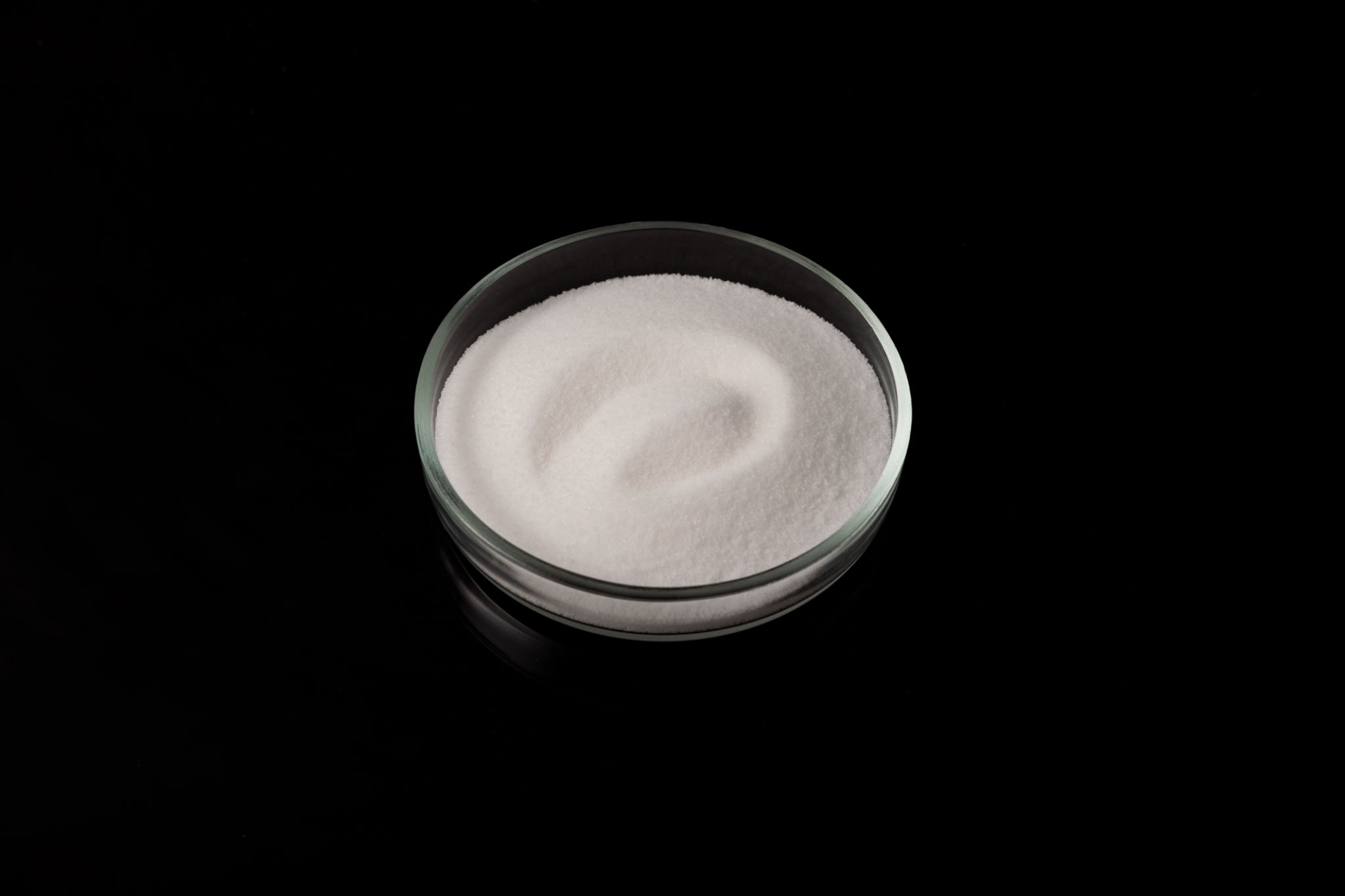Understanding the Environmental Impact of Sodium Chlorate Production
CH
Introduction to Sodium Chlorate
Sodium chlorate is a chemical compound widely used in various industrial applications, including paper production, herbicides, and even explosives. Despite its widespread utility, the production of sodium chlorate can have significant environmental impacts. Understanding these effects is crucial for developing more sustainable production methods and mitigating potential harm to the environment.
In the industrial context, sodium chlorate is typically produced through the electrolysis of sodium chloride solutions. This process, while efficient, can lead to several environmental concerns that need to be addressed to ensure more environmentally friendly practices are adopted.

Water Usage and Pollution
One of the primary environmental concerns associated with sodium chlorate production is the extensive use of water resources. The electrolysis process requires a significant amount of water, which can strain local water supplies, particularly in regions already facing water scarcity.
Moreover, the discharge of wastewater from sodium chlorate plants can lead to pollution of nearby water bodies. This wastewater often contains residual chemicals and by-products that can harm aquatic life and disrupt ecosystems. Implementing advanced water treatment solutions is essential in reducing this impact.
Effluents and Their Management
Managing effluents is critical in minimizing the environmental footprint of sodium chlorate production. Effluents may contain harmful substances such as heavy metals and chlorinated organic compounds. Employing technologies such as biological treatment, chemical precipitation, or advanced filtration can help in reducing the discharge of these pollutants.

Energy Consumption
The production process for sodium chlorate is energy-intensive, primarily due to the electrolysis step. This high energy demand often results in increased greenhouse gas emissions, especially if non-renewable energy sources are used. Transitioning to renewable energy sources could significantly reduce the carbon footprint of sodium chlorate production.
Industries can also explore energy-saving technologies and practices, such as optimizing electrical efficiency and recovering waste heat, to further minimize energy consumption and its associated environmental impacts.
Innovations in Production Techniques
Recent advancements in technology have introduced more sustainable production techniques for sodium chlorate. For instance, membrane cell technology offers a more energy-efficient alternative to traditional methods, reducing both energy consumption and chemical waste.

Conclusion
Understanding the environmental impact of sodium chlorate production is essential for implementing measures that reduce its ecological footprint. By addressing issues related to water usage, effluent management, and energy consumption, industries can move toward more sustainable practices.
Continued research and innovation are vital in developing new technologies and methods that minimize environmental impacts while still meeting industrial demands. By prioritizing environmental considerations, the sodium chlorate industry can contribute to a more sustainable future.
